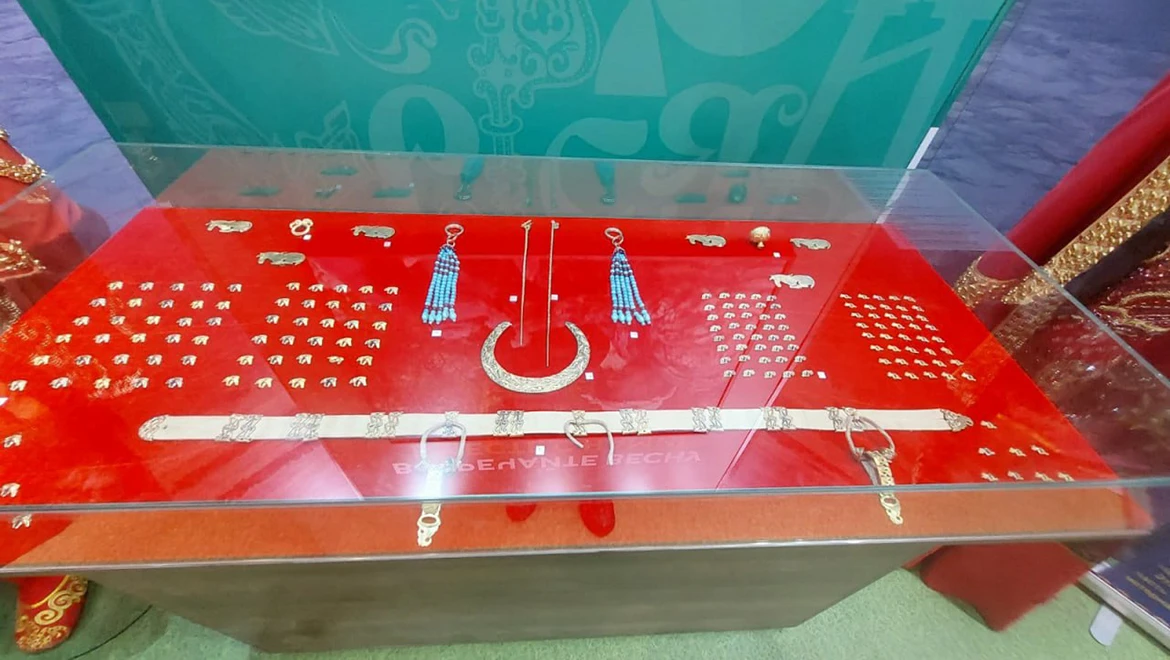Treasures of the Valley of the Kings of Tuva: unique exposition at the RUSSIA EXPO
From April 9 to 10, employees of the National Museum of the Republic of Tuva will present to visitors of the RUSSIA EXPO fragments of the exposition "Treasures of the Valley of the Kings of Tuva: the Royal Burial Mound "Arzhan-2".
The stand of the Republic of Tuva presents galvanic copies of unique artifacts of the Arzhan-2 burial mound. The items belonging to the royal couple, made in the so-called Scythian-Siberian animal style, confirm the high material culture of the ancient peoples of Siberia.
Tuva is the cradle of ancient nomadic civilization. The results of excavations of the early Scythian burial mound Arzhan (XI-VIII centuries BC) investigated under the guidance of scientists M. P. Gryaznov and M. H. Mannai-ool on the territory of the Piy-Khemsky district turned out to be unusually valuable for the world science.
Thanks to the scientific research of the Central Asian expedition led by K. Chugunov, G. Parzinger and A. Nagler (1998-2004) of the Arzhan-2 burial mound, an intact Early Scythian burial, dated to the second half of the VII century BC, with a surprisingly rich and beautiful set of jewelry was discovered.
The gold jewelry of the king emphasized the power given to him from above. The horses from the king's headdress may have been a symbol of the immensity of his possessions, extending to the four corners of the world and allowing him to receive both news and offerings. The deer with branching horns crowning the headdress of the queen proudly raised its head as if "trumpeting" and summoning everyone. The figure of the stag seems to float in the air, so light and graceful it is. It seems that the curved horns, like branches swaying in the breeze, will carry the deer upwards, obeying the movement.
The work of ancient jewelers fascinates modern goldsmiths with its technique, elegance, precision, diminutiveness and complexity of composition. Traces of soldering of stag's antlers to the head are hardly noticeable even at close examination. Attention is drawn to the eyes, nostrils, mouth and cheekbones of the animals, the outline of which is made with gold wire and colored enamel.
The elite burial of the nomadic nobility of the I millennium BC still has no analogues in the history of archaeology in the entire territory of the Great Steppe, stretching from the Lower Danube to the bend of the Huang He.




